Tobe
Editor's Column "Craft Production Regions" VOL.4 AD
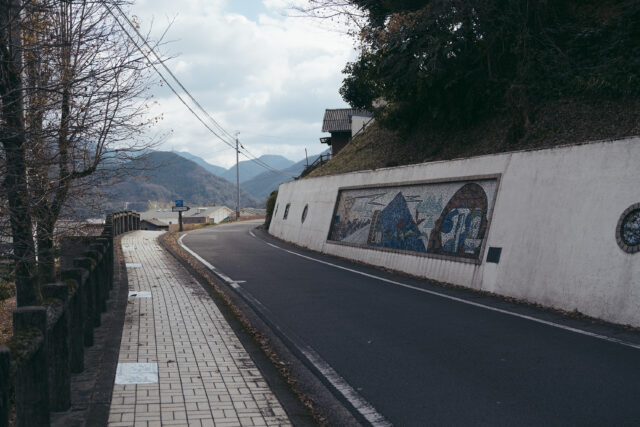

VOL.1-4
Update
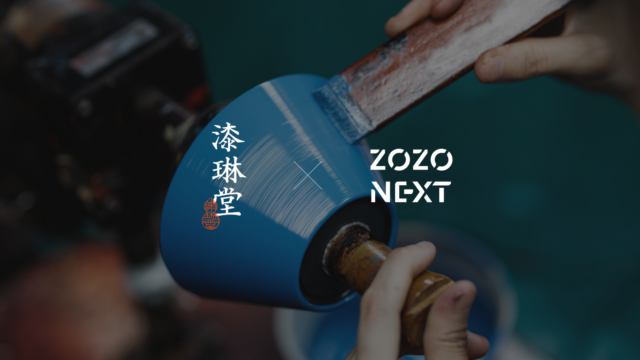
VOL.1-19
Update
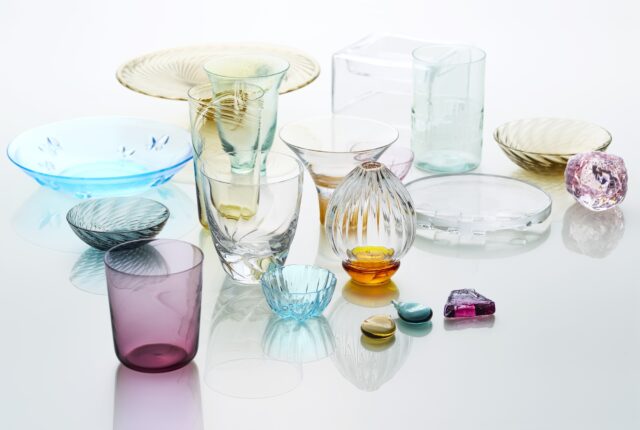
VOL.1-17
Update
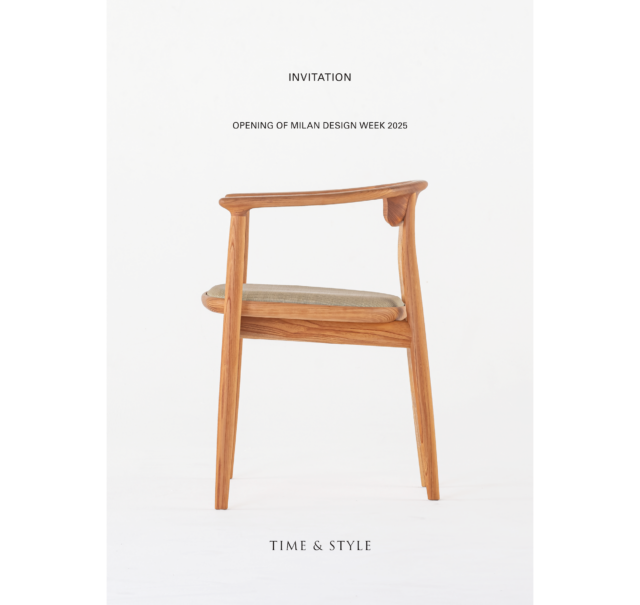
VOL.1-43
Update
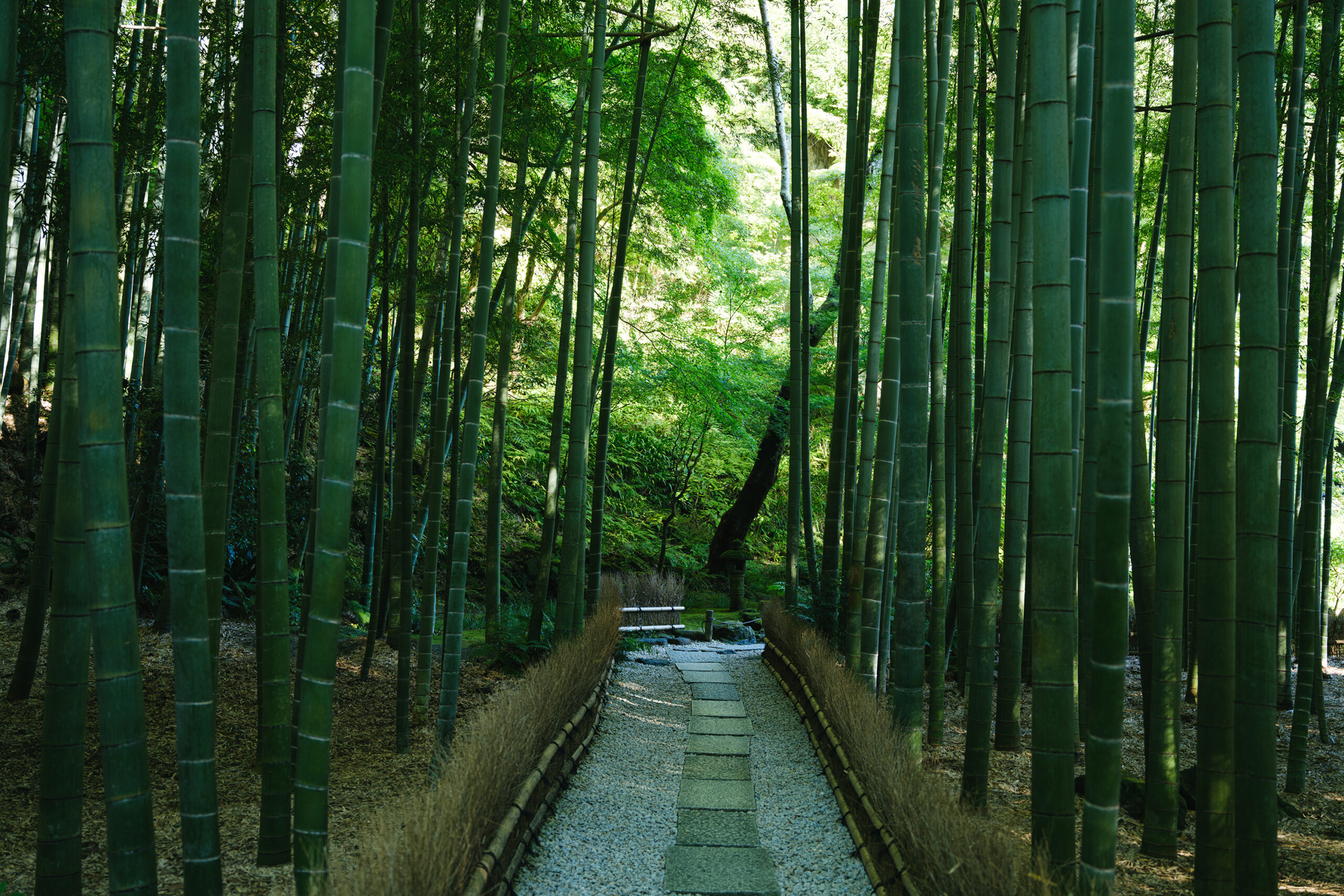
VOL.1-2
Update
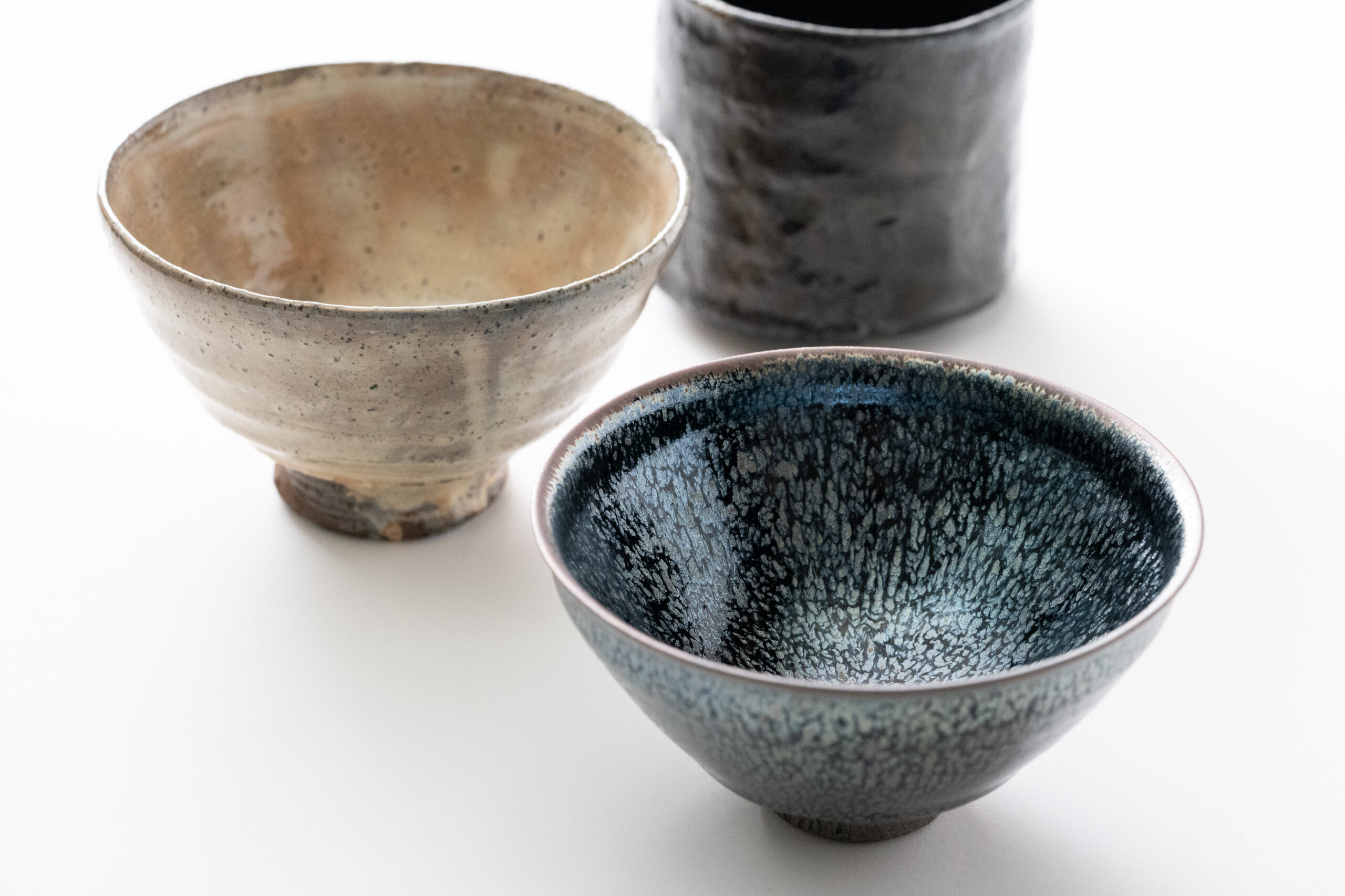
VOL.1-3
Update

VOL.1
Update
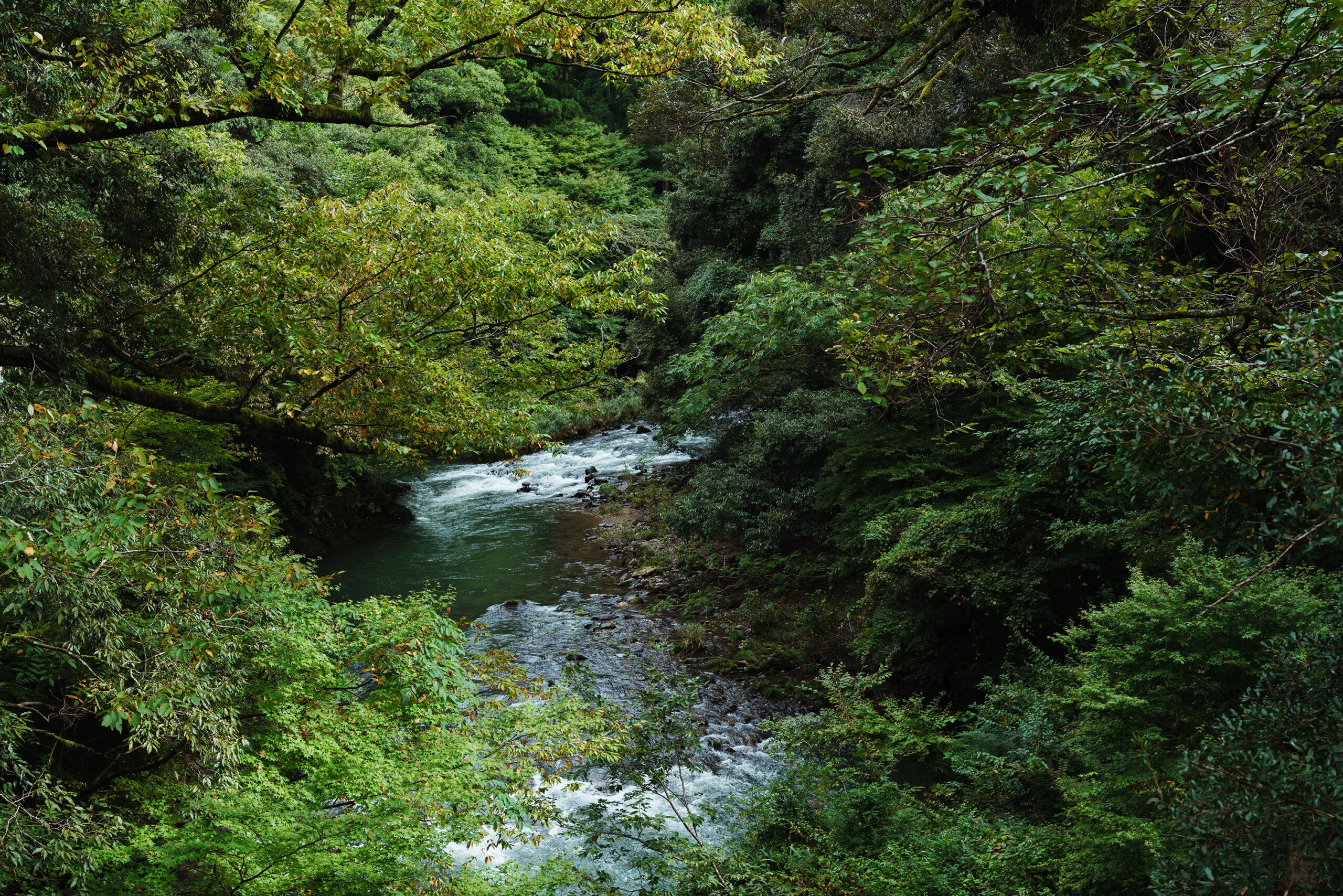
VOL.1-7
Update
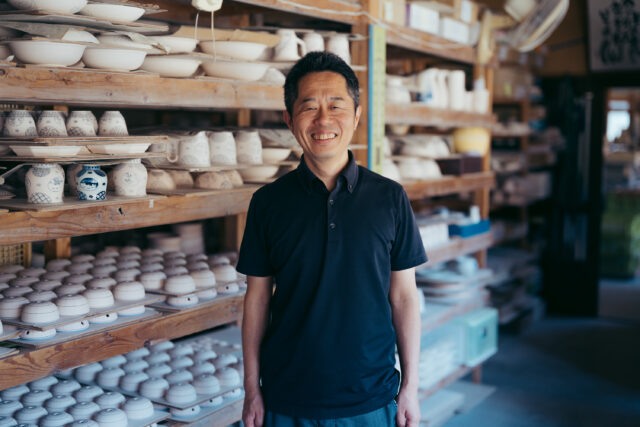
VOL.1-32
Update
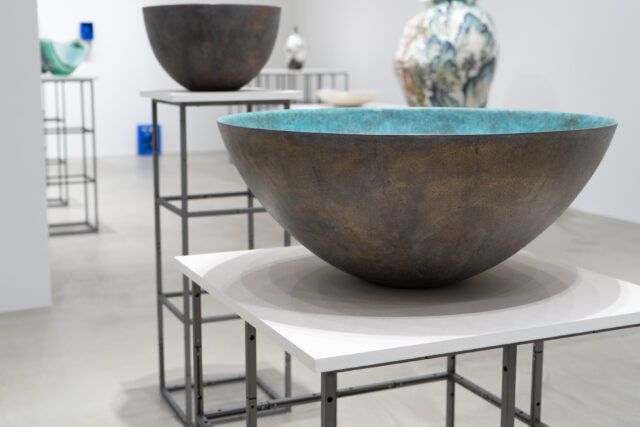
VOL.1-26
Update
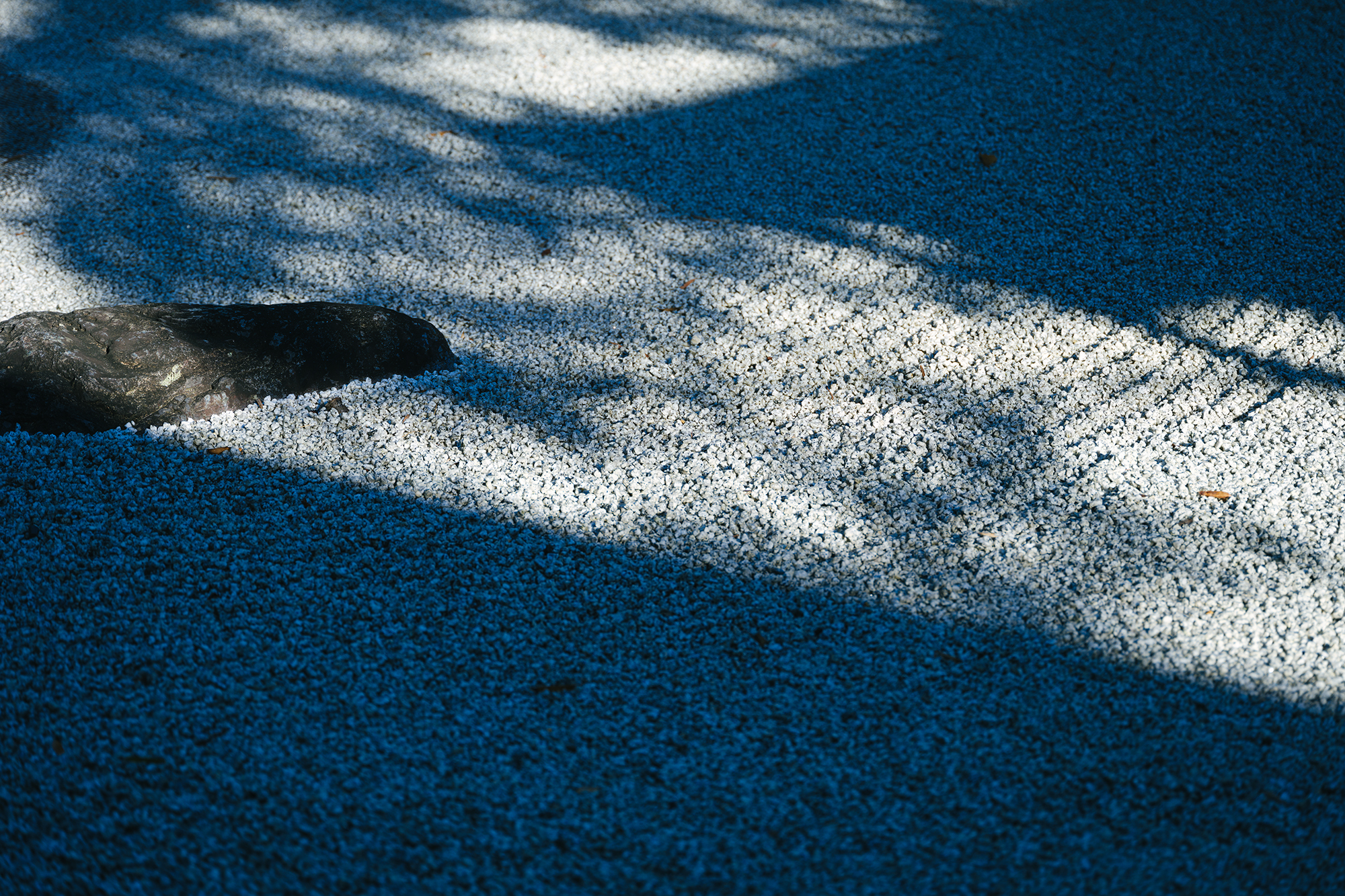
VOL.1-12
Update
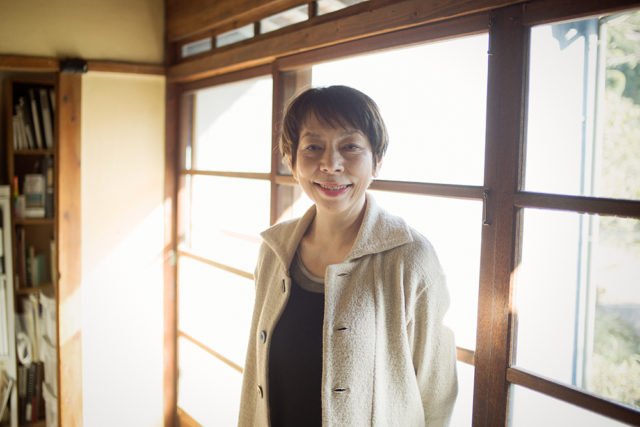
VOL.1
Update
We share a variety of information and perspectives on Japanese crafts, including exhibition information and interviews.
Editor's Column "Craft Production Regions" VOL.4 AD
KOGEI Topics VOL.19
New Products VOL.17
Featured Exhibitions & Events VOL.43
Apr 5 – Jun 22, 2025
SEIKADO BUNKO ART MUSEUM
Apr 19 – Nov 24, 2025
The Museum of Oriental Ceramics, Osaka
Kanagawa
Apr 19 – Apr 27, 2025
ink gallery
Tokyo
Apr 22 – Apr 27, 2025
KAKIDEN GALLERY

*1 Wabi-cha: A style of tea ceremony established around the 16th century which incorporated Zen philosophy. It emphasizes heartfelt hospitality in a simple, modest tea room, creating a humble and serene space for the gathering.
*2 Shoin-cha: A style of tea ceremony that developed around the 15th century with the advent of shoin-zukuri, a new architectural style. This form of tea ceremony valued opulence and elegance, often displaying Chinese utensils and paintings on shelves and alcoves.
Written by Fumiko Tokimori
References
– The Handbook of Tea Ceremony Utensils. (Tankosha)
– Yanagi, Soetsu. Tea and Beauty. (Kodansha)
– Tea Bowls of the Tea Ceremony, Volume 1: Chinese Tea Bowls. (Tankosha)
– Tea Bowls of the Tea Ceremony, Volume 2: Korai Tea Bowls. (Tankosha)
– Tea Bowls of the Tea Ceremony, Volume 3: Japanese Tea Bowls I. (Tankosha)
– Ura-senke website, https://www.urasenke.or.jp/
– Yasuda, Tamotsu. “A Study of ‘The Way of Tea’ ― The Spirit of Harmony” Nihon University GSSC journal: the bulletin of the Graduate School of Social and Cultural Studies, Nihon University.
https://gssc.dld.nihon-u.ac.jp/wp-content/uploads/journal/pdf04/4-316-323-Yasuda.pdf
Sources
ColBase: Integrated Collections Database of the National Institutes for Cultural Heritage, Japan
https://colbase.nich.go.jp/collection_items/tnm/TG-2496?locale=ja
https://colbase.nich.go.jp/collection_items/tnm/TG-2204?locale=ja
https://colbase.nich.go.jp/collection_items/tnm/G-5749?locale=ja